Black Friday Starts Now🎉
50% OFF Sitewide 🎉
Code:BF50
Black Friday Starts Now🎉
50% OFF Sitewide 🎉
Code:BF50
Black Friday Starts Now🎉
50% OFF Sitewide 🎉
Code:BF50
Black Friday Starts Now🎉
50% OFF Sitewide 🎉
Code:BF50
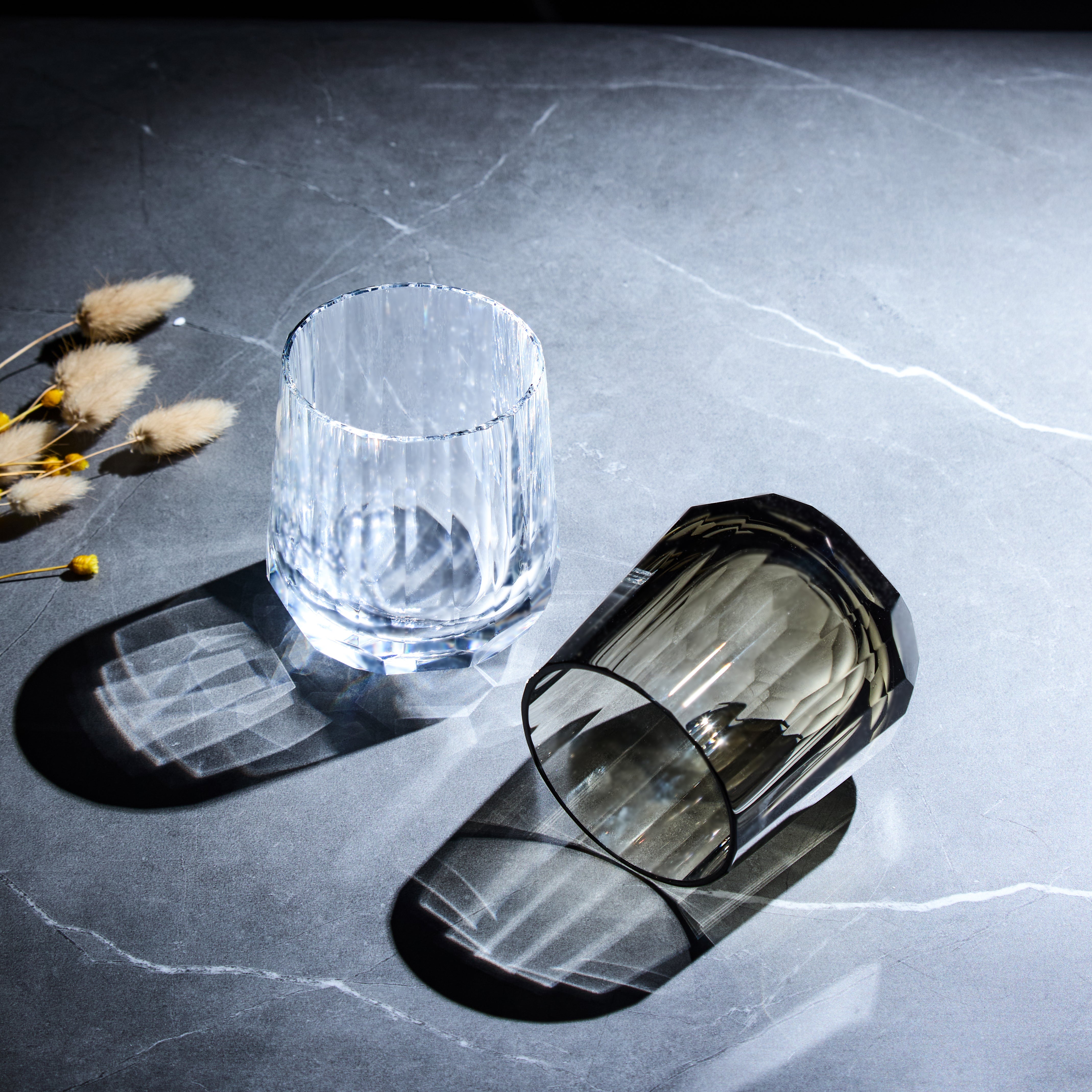
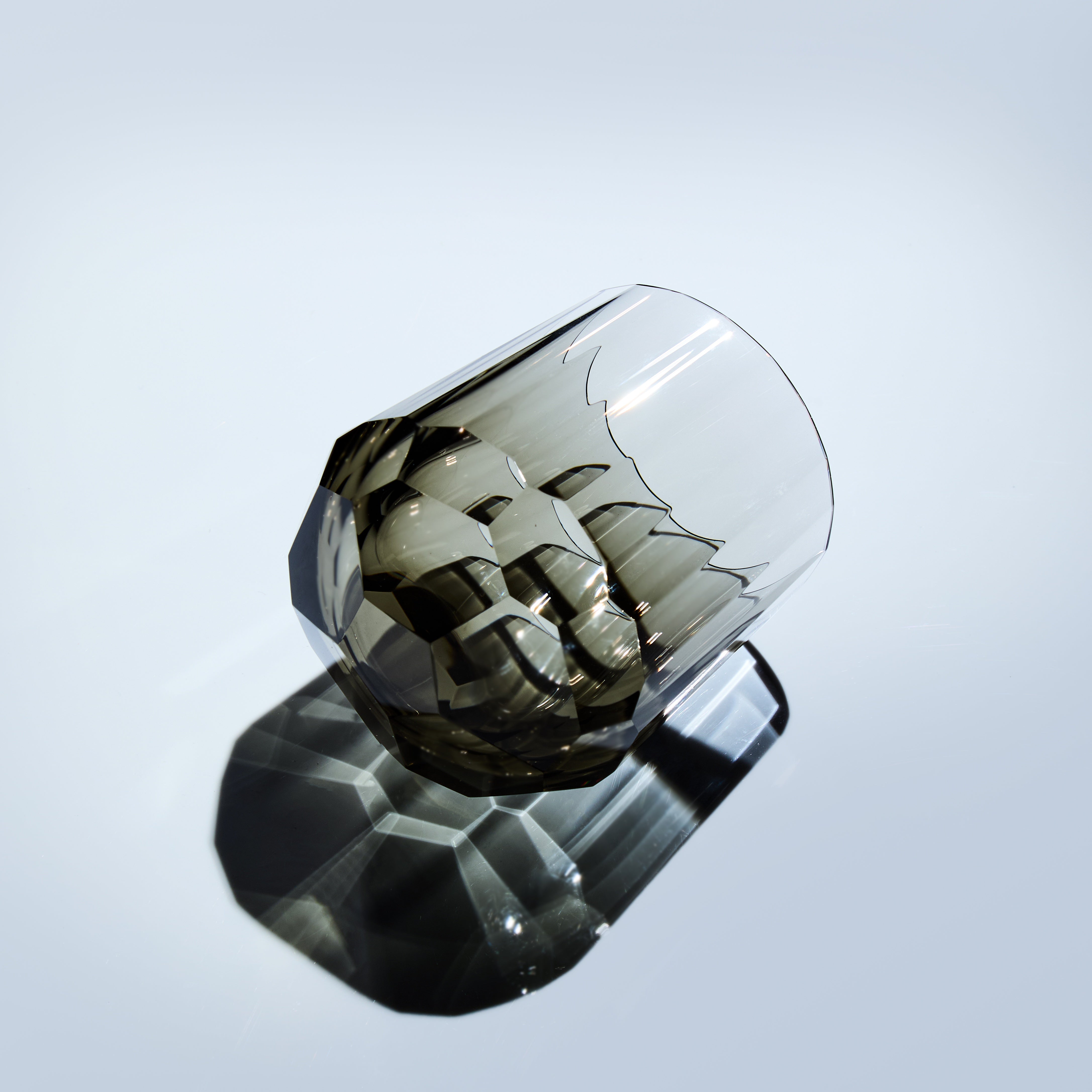
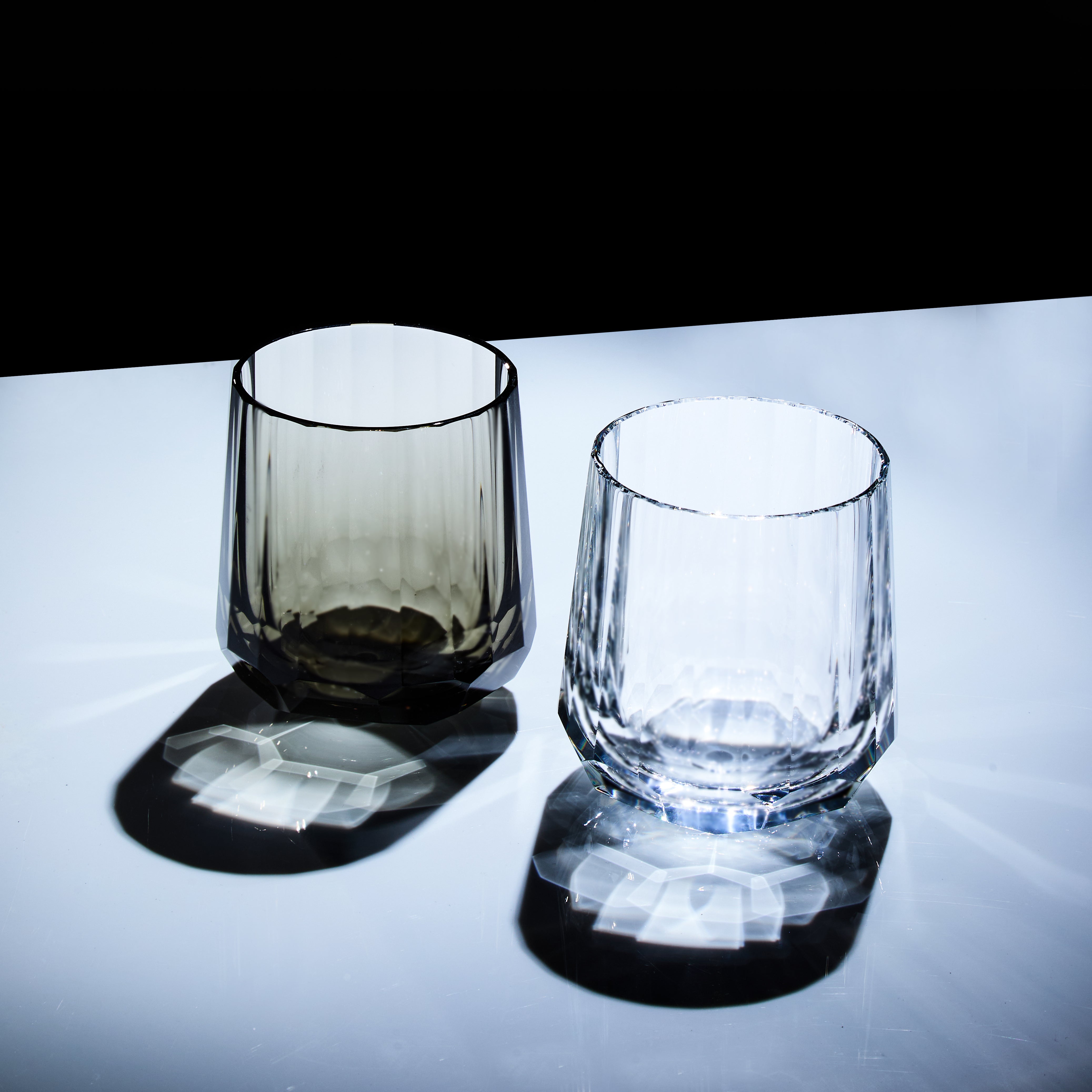
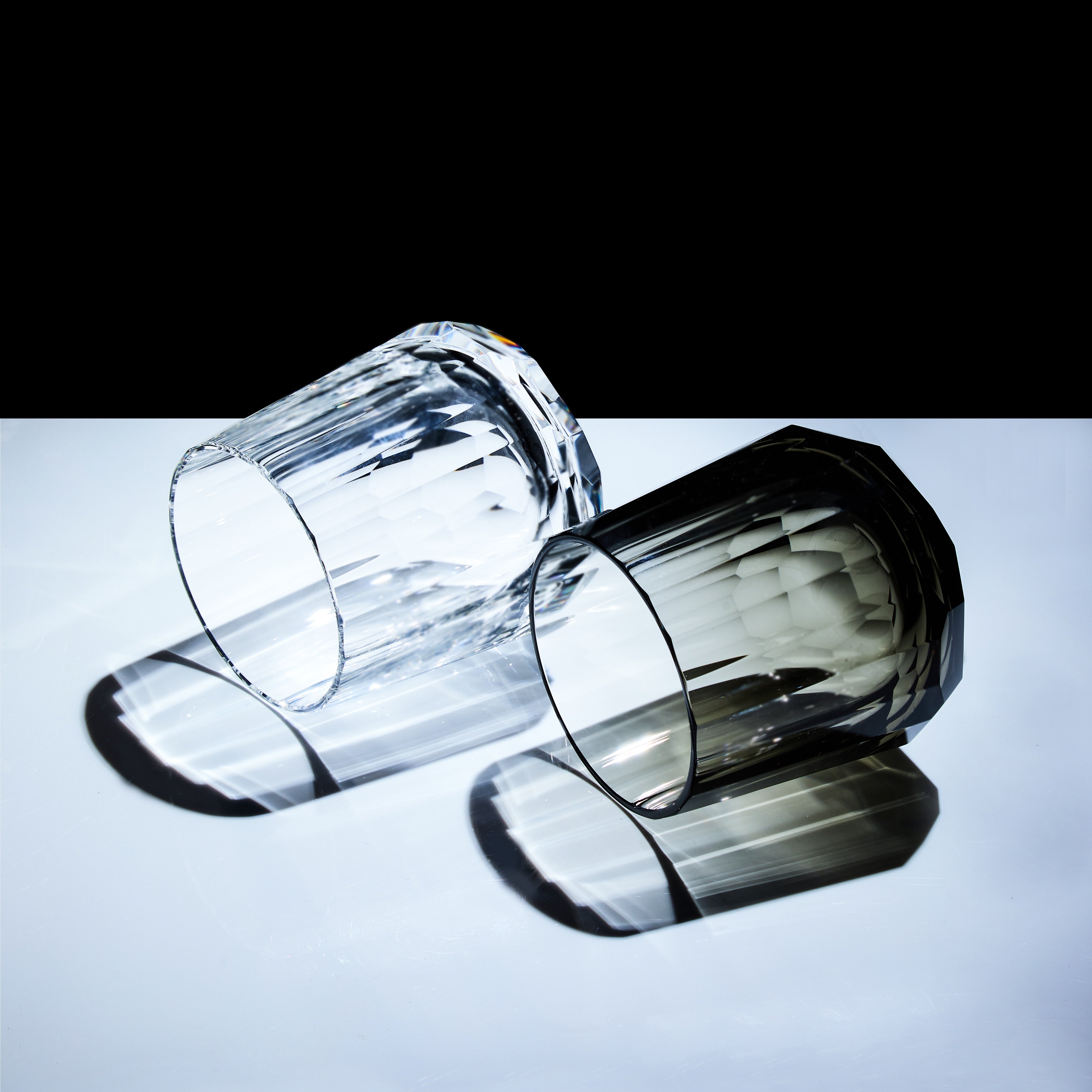

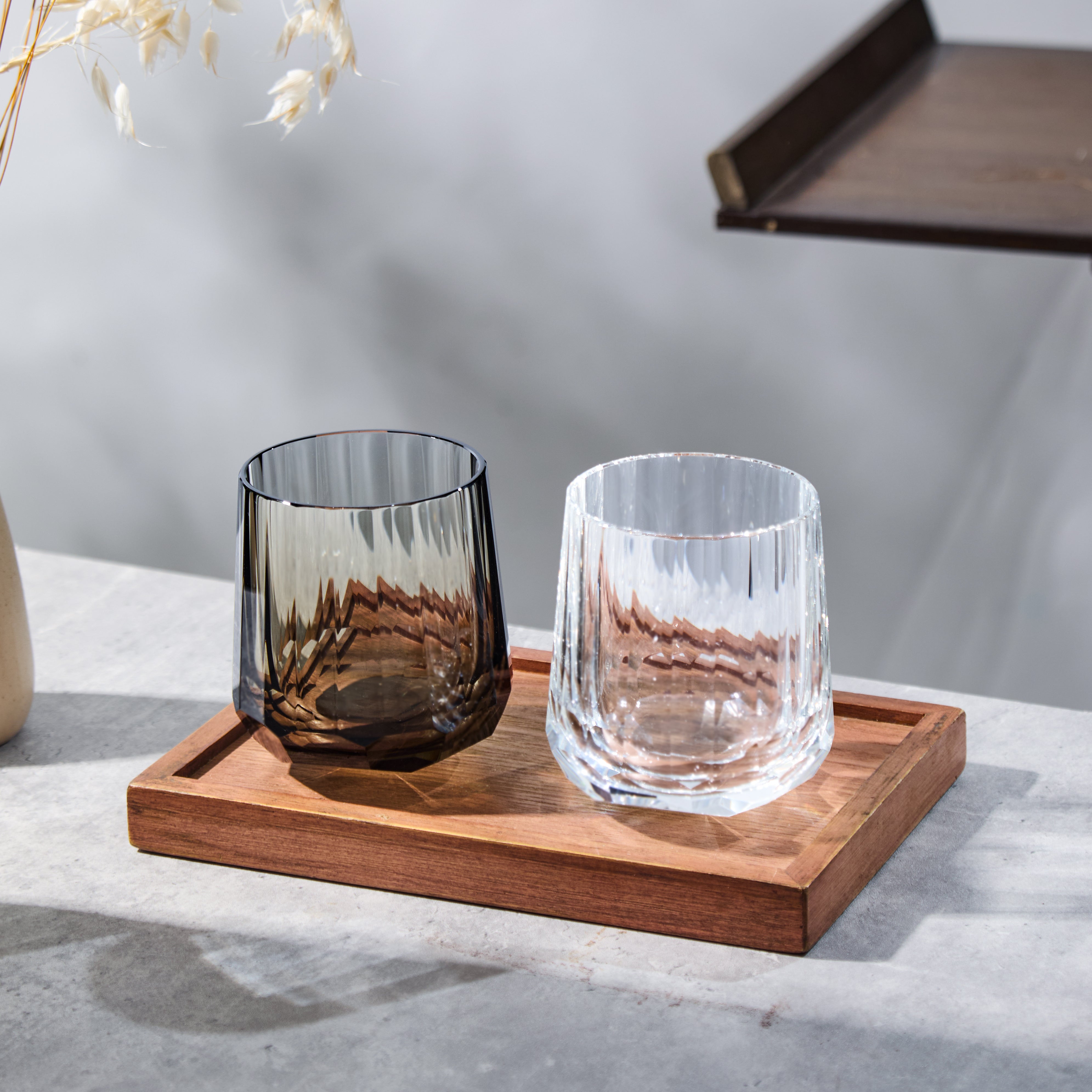
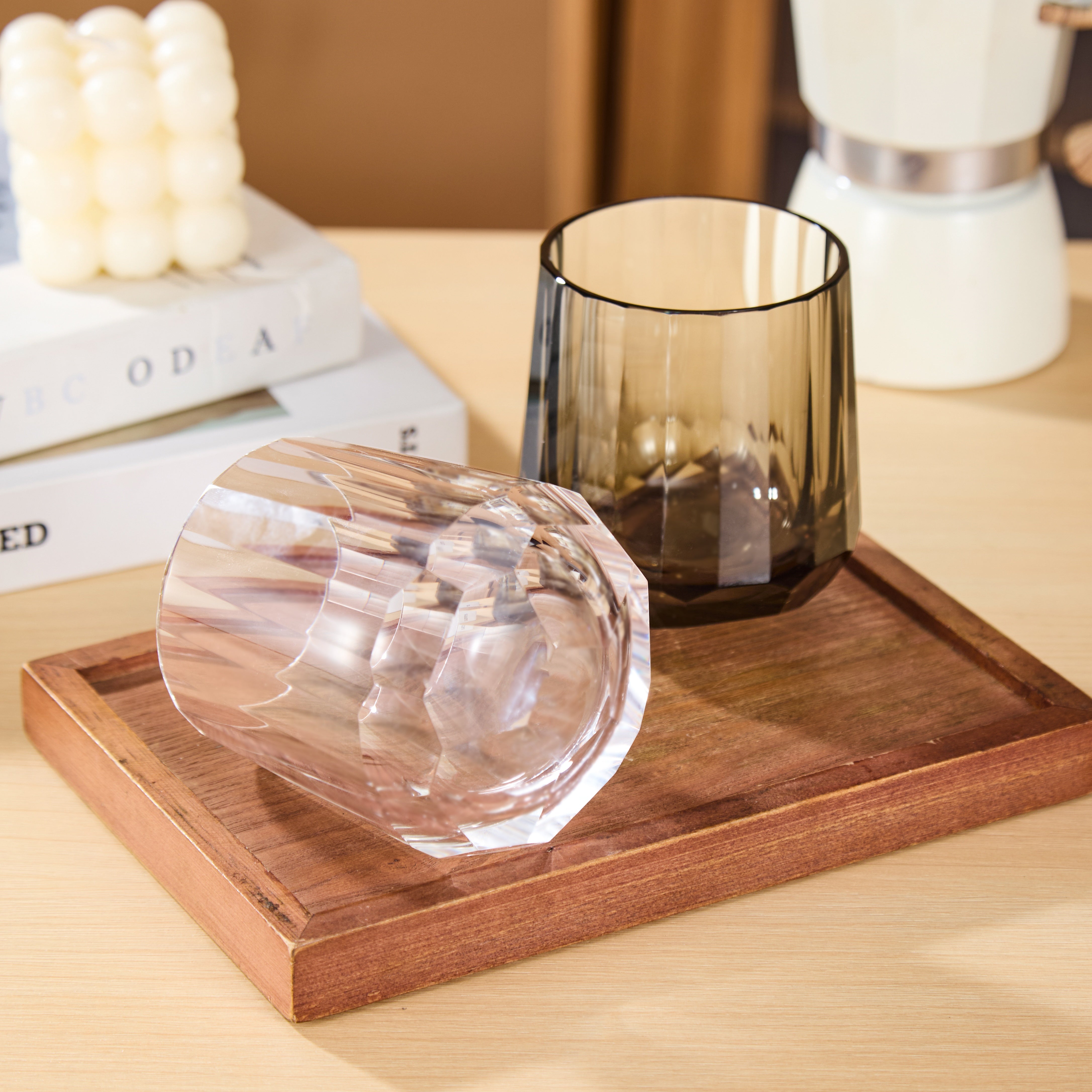
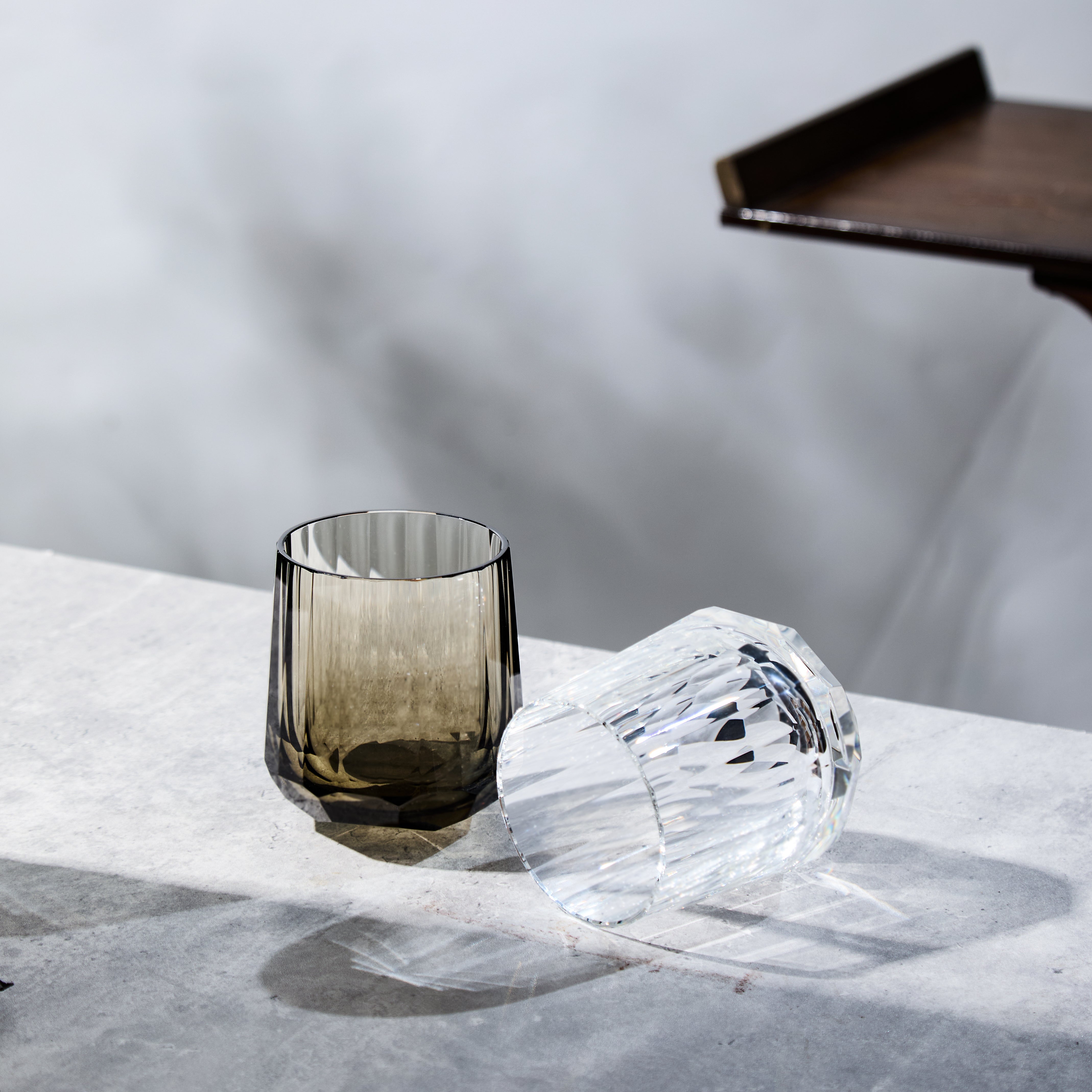
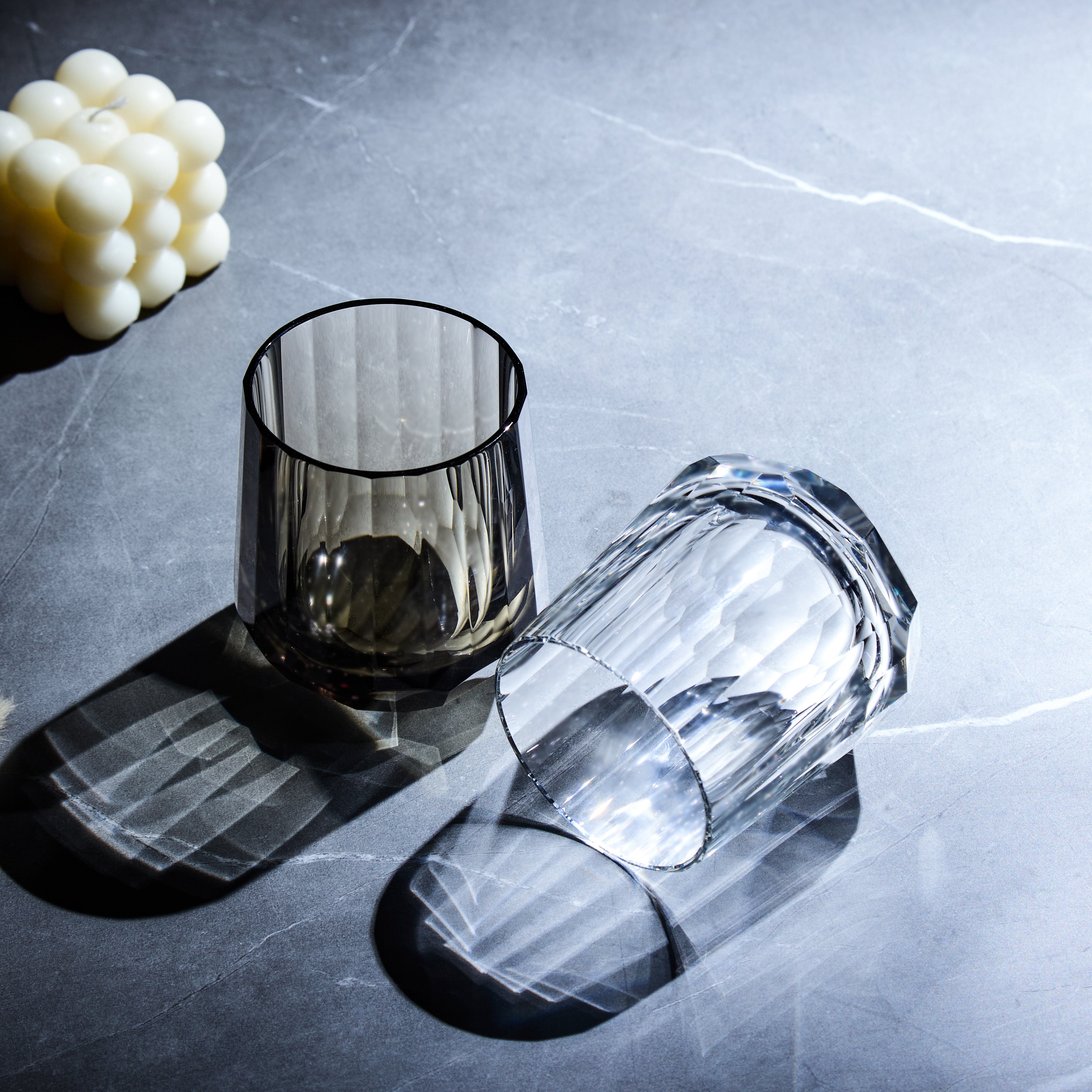
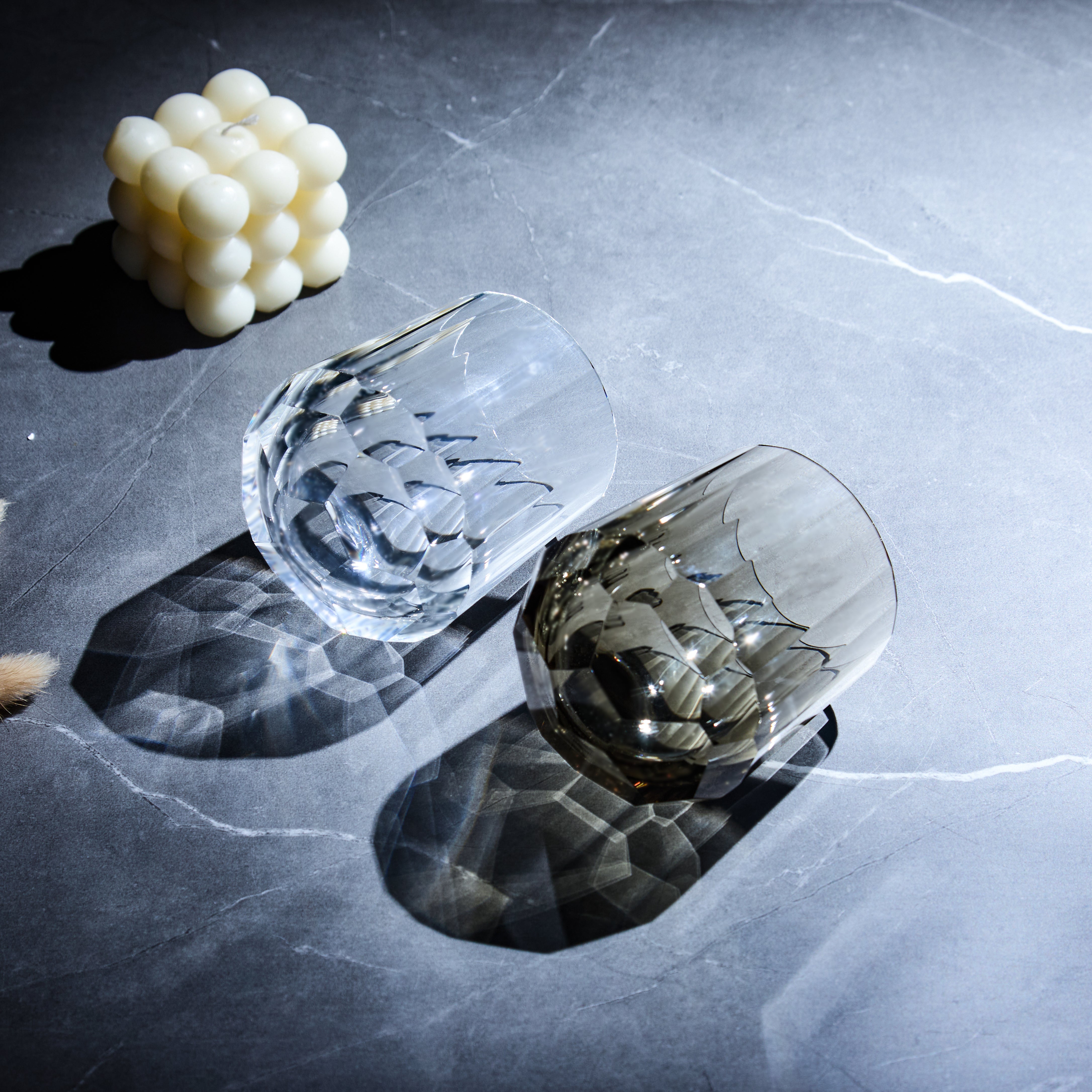
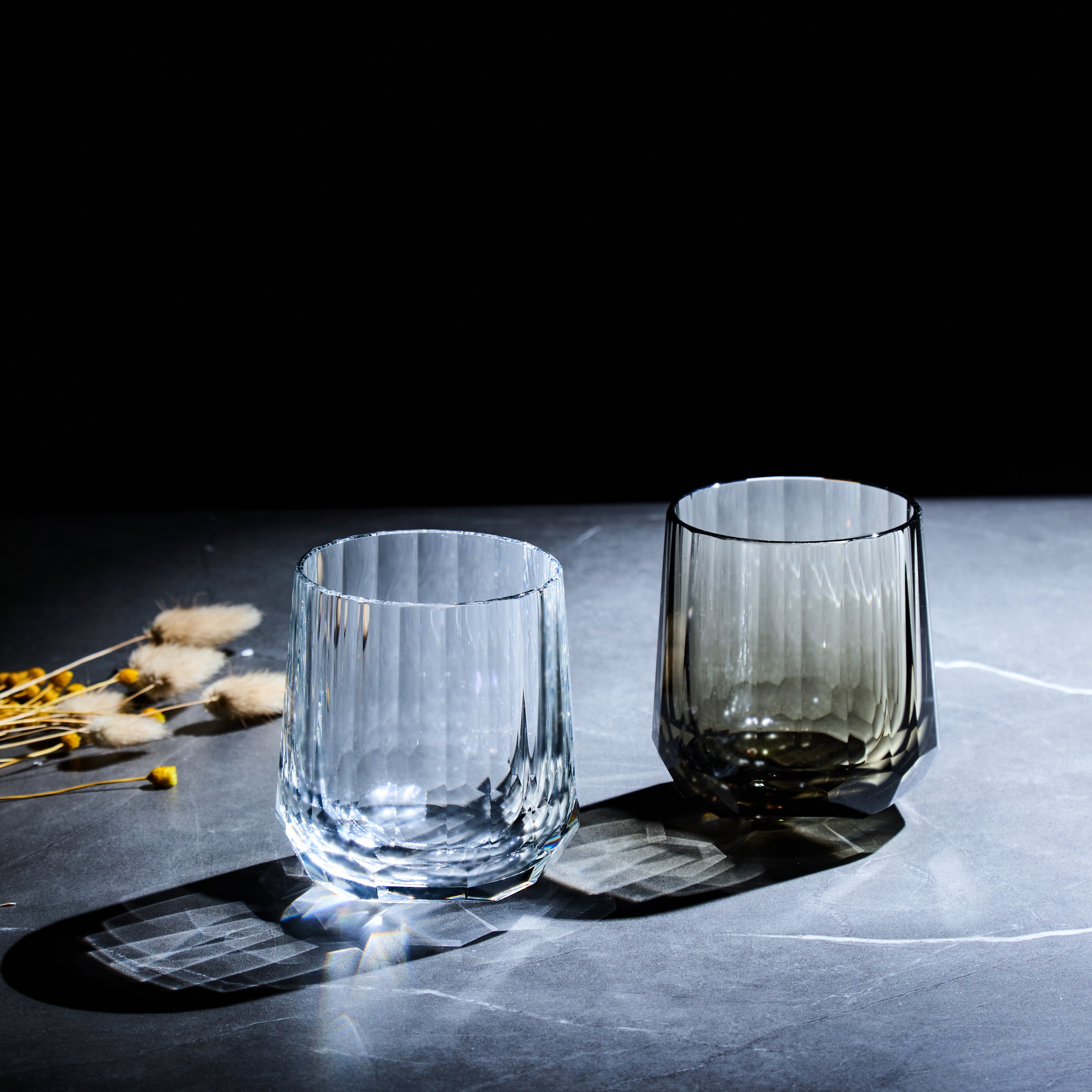
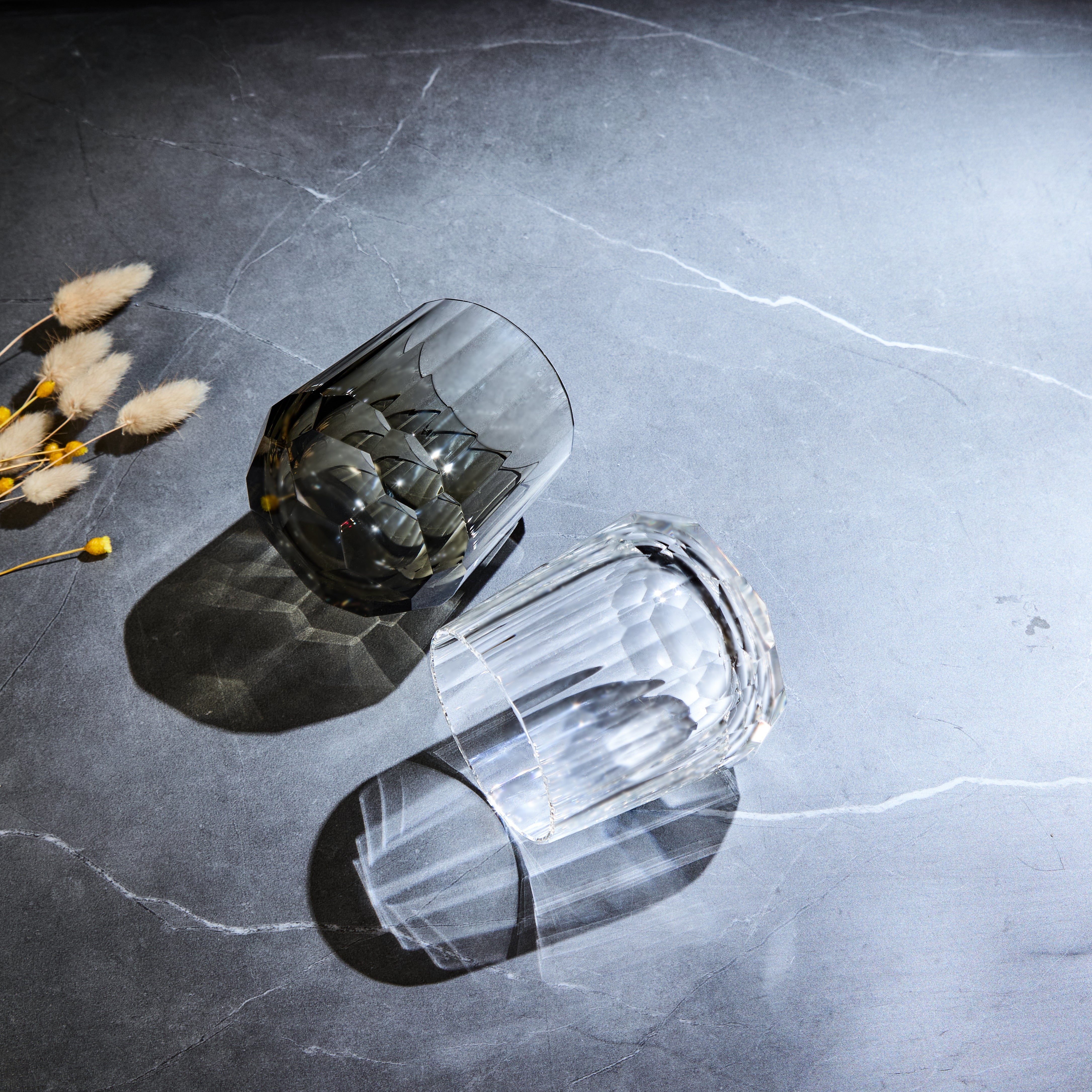
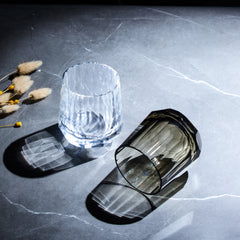
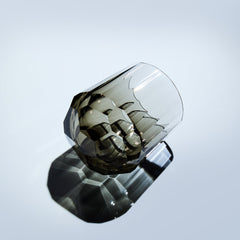
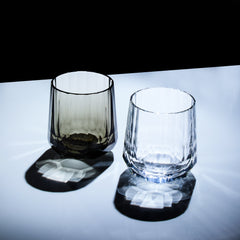
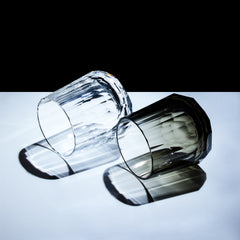
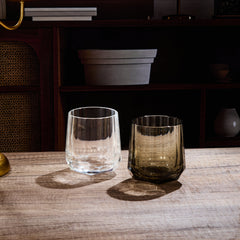
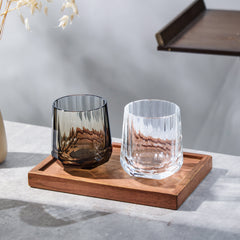
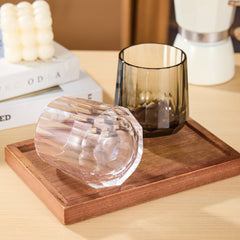


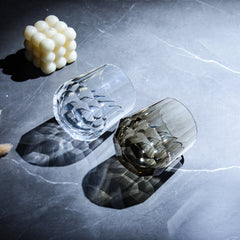
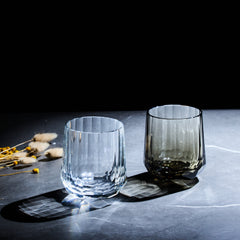

Edo Kiriko Handcrafted Kage Tate Whisky Glass
- $179.00
- $179.00
- Unit price
- per
Couldn't load pickup availability
Whisky Glass Crafting Process




Where light meets shadow, the Edo Kiriko Handcrafted Kage Tate Whisky Glass Set captures the delicate balance between modern form and traditional artistry. Each glass is cut by hand, revealing precise vertical facets that dance with reflections, sharp at first glance, yet soft in their interplay with light.
The set features two contrasting expressions: one in clear crystal, radiating purity and brilliance; the other in smoky grey, echoing the quiet depth of dusk. Together, they embody the Japanese aesthetic of kage, the subtle beauty of light filtered through shadow.
Slightly tapered toward the base, the Kage Tate form enhances both grip and optical depth, making every pour a moment of contemplation. Whether displayed or used for fine whisky, this pair reflects the elegance of Edo Kiriko craftsmanship in its most contemporary form.
• Craft: Edo Kiriko
• Diameter: 3 in / 7.5 cm
• Height: 3.9 in / 10 cm
• Capacity: 8.5 fl oz / 250 ml
• Weight: 17.6 oz / 500 g
Why Ours Stands Out
Clear, side-by-side comparison: traditional pain points vs. our handcrafted improvements.
⚠️ Pain Points in Traditional Whiskey Glasses
-
🥃Wall thicknessEither bulky or too thin—clunky feel or fragile.
-
🌬️Wide, straight rimsAroma escapes quickly; flatter tasting experience.
-
🔍Ordinary glassLower clarity; prone to scratches and clouding.
-
🧊Poor temperature controlIce melts fast and dilutes flavor.
-
🧱Generic lookMass-produced style; low artistry and gift appeal.
✨ Our ClayWhispers Improvements
-
✅Optimized wall profileSolid in hand yet refined; built for durability.
-
👃Gentle tapered rimConcentrates aroma; smooth lip enhances sipping.
-
💎High-clarity crystal glassPolished finish that keeps its brilliance.
-
⚖️Weighted base designModerates dilution and adds stable grip.
-
🎁Handcrafted facets & formDistinct aesthetics with gift-ready appeal.
Whisky Glass Crafting Process

Edo Kiriko: The Making
Design
Artisans begin with simple outlines drawn on the glass surface, mapping the overall balance, symmetry, and light play of the final piece. Traditional Japanese motifs—hemp leaf, shippo, chrysanthemums, and more—are arranged to guide where lines will be cut and facets revealed. In Edo Kiriko, pattern beauty is achieved by precision, restraint, and the harmony of light and shadow.

Rough Cutting
The base patterns are first incised at fixed angles to define depth and rhythm. A rotating wheel charged with abrasive slurry removes glass in controlled passes to establish the major grooves and facets. This stage determines clarity, alignment, and the crisp intersections of lines—results that rely on years of hand–eye training and an artisan’s steady control.

Refinement
Next, each cut is adjusted and smoothed until the surface turns clear and luminous. Natural stone wheels and fine abrasives reach into details that metal tools cannot. This is a decisive phase: minute corrections remove burrs and powder residue so that the final geometry shines cleanly and refracts light as intended.

Polishing
The final stage uses a sequence of wooden, cork, and felt wheels with progressively finer compounds. Surfaces transition from satin to mirror clarity, enhancing optical depth and sparkle without rounding the edges. Fabrics and powders are switched as needed to protect each facet, ensuring a radiant finish that brings the motif to life.
Related Products
- From $179.00
- From $179.00
- Unit price
- per
- From $179.00
- From $179.00
- Unit price
- per
- From $179.00
- From $179.00
- Unit price
- per
- From $179.00
- From $179.00
- Unit price
- per
- From $179.00
- From $179.00
- Unit price
- per
- From $179.00
- From $179.00
- Unit price
- per
Recently Viewed Products
- From $179.00
- From $179.00
- Unit price
- per
- From $179.00
- From $179.00
- Unit price
- per
- From $179.00
- From $179.00
- Unit price
- per
- From $179.00
- From $179.00
- Unit price
- per
- From $179.00
- From $179.00
- Unit price
- per
- From $179.00
- From $179.00
- Unit price
- per
- From $179.00
- From $179.00
- Unit price
- per
- From $179.00
- From $179.00
- Unit price
- per
- From $179.00
- From $179.00
- Unit price
- per
- From $179.00
- From $179.00
- Unit price
- per
- Choosing a selection results in a full page refresh.


